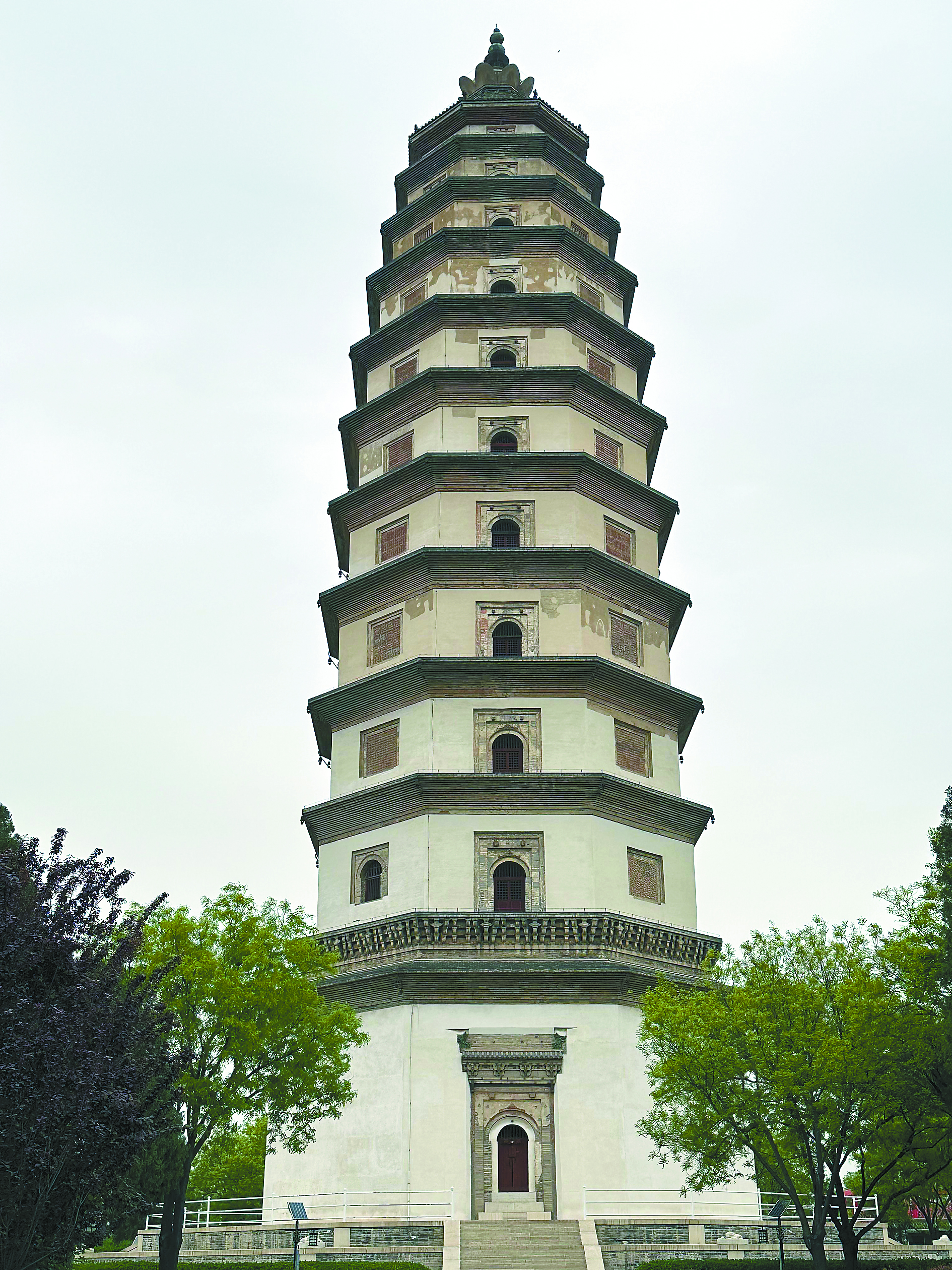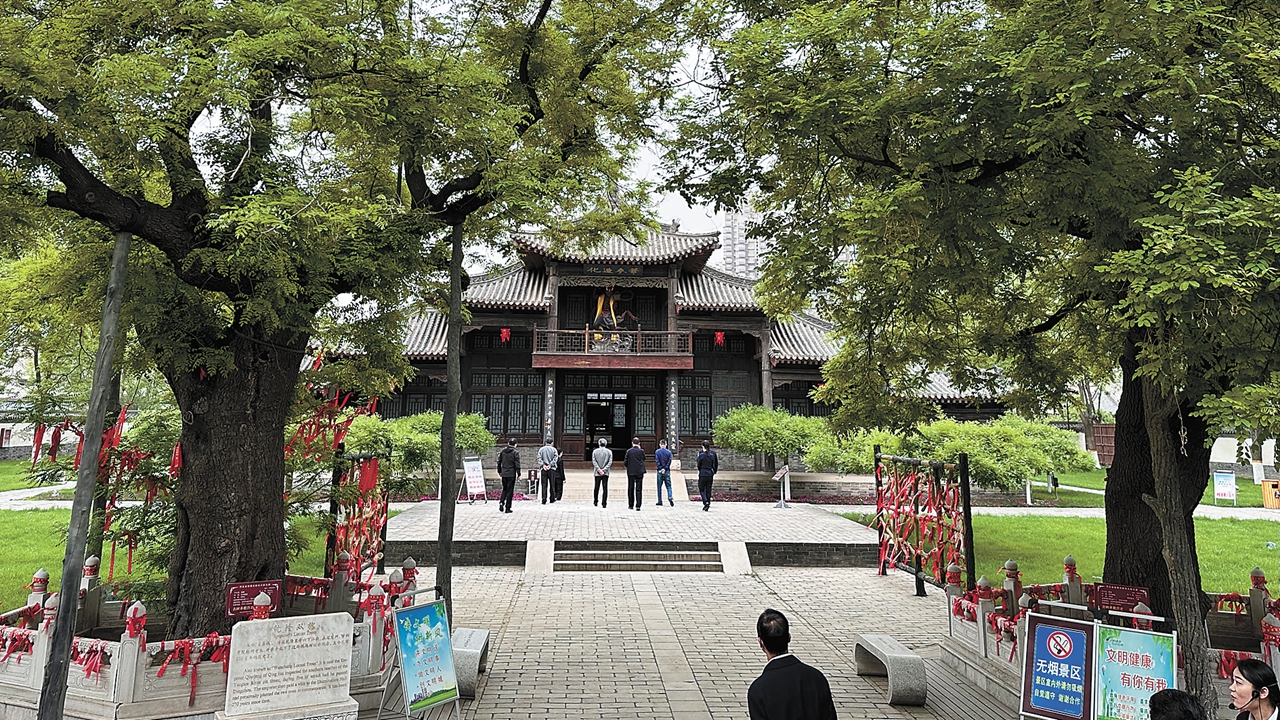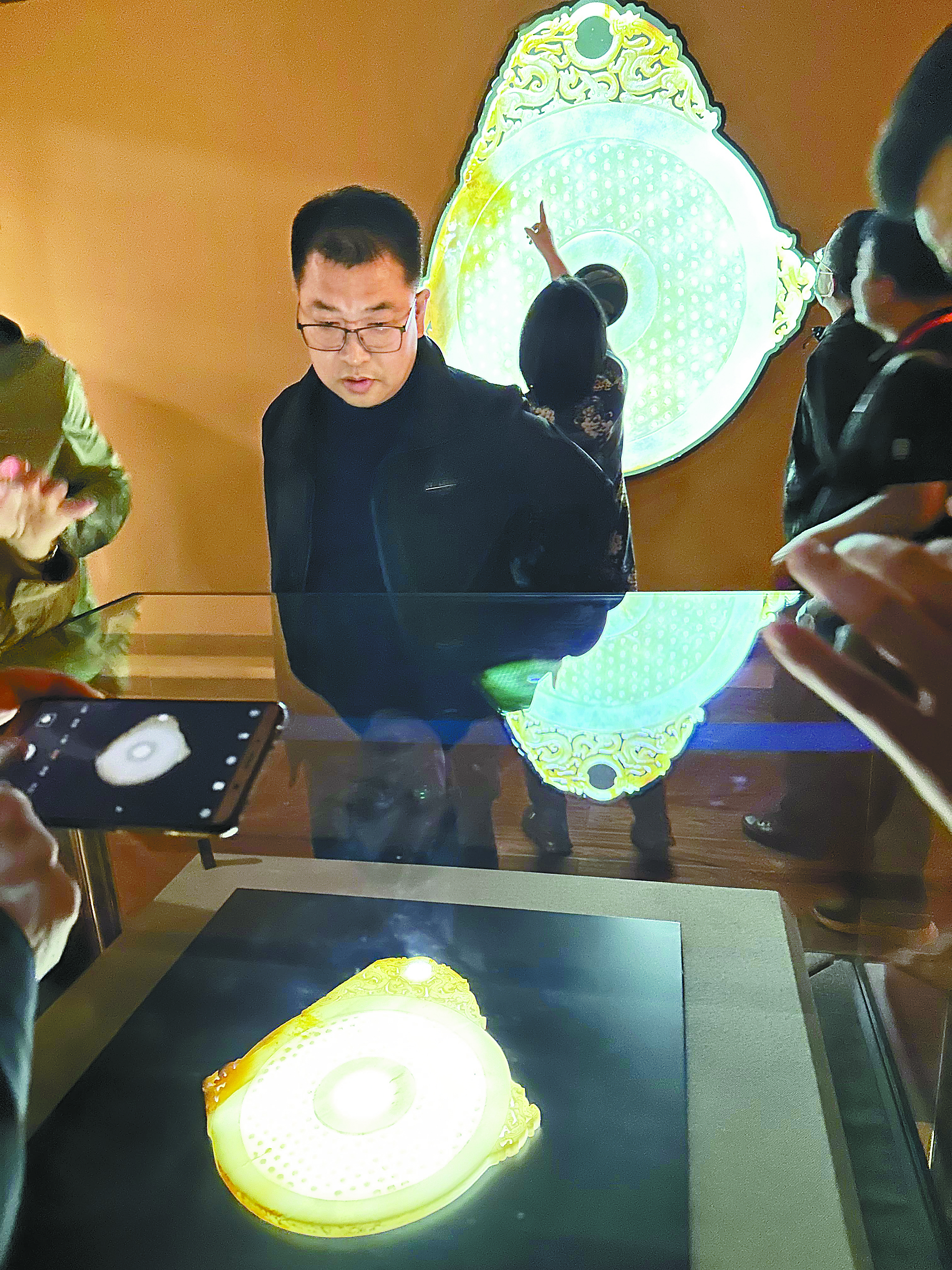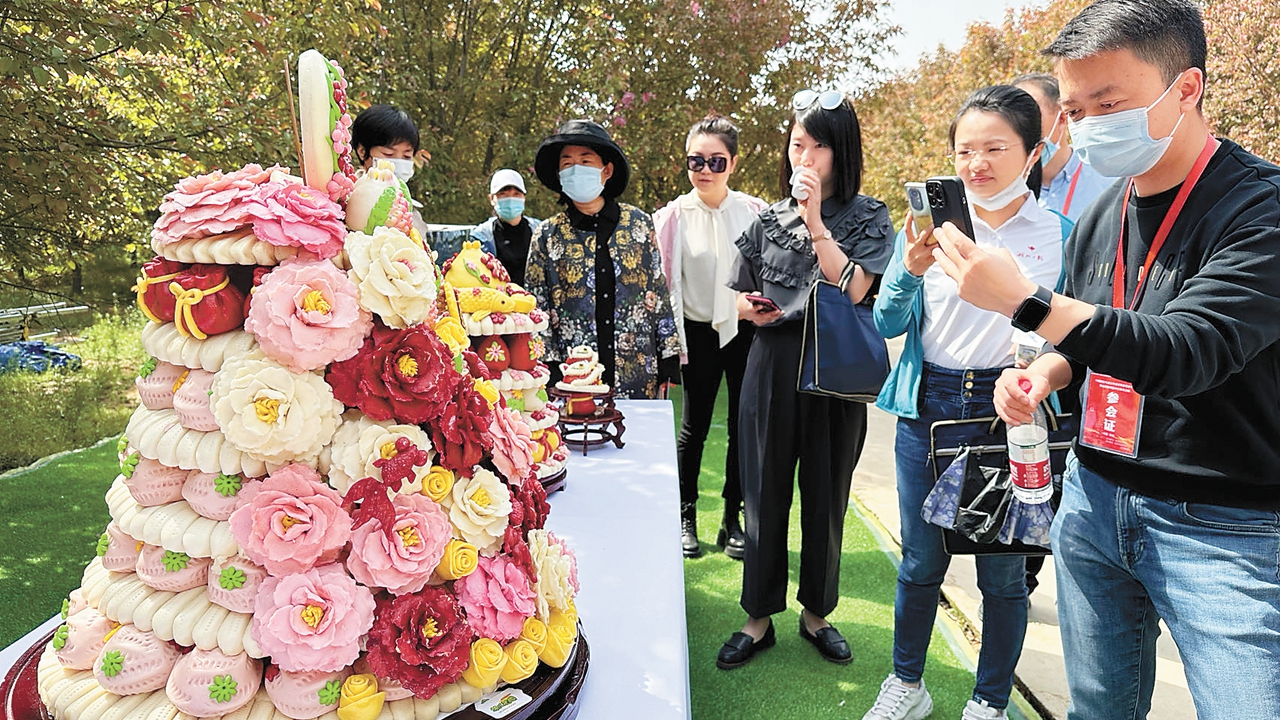Travel in history within an ancient city
Dingzhou City in North China is off the radar for most tourists. For history buffs, however, this county-level city located between Beijing and Hebei’s provincial capital Shijiazhuang is worth a visit.
Recognized as one of the “ancient counties” with thousands of years of history by the U.N. Group of Experts on Geographical Names, Dingzhou is said to have a “civilizational history” of about 5,000 years. Zhongshan State, founded by the Xianyu tribe of the Baidi ethnic group in 506 B.C., relocated its capital to Gu, today’s Dingzhou, in 414 B.C. This was the first of several times Dingzhou had become a capital. Some historians claim that Yao, the mythological emperor, built his capital in Tangcheng in today’s Dingzhou about 4,300 years ago.
Famed Northern Song (960-1127) poet Su Shi created 63 poems, prose and other works during his six-month stay in Dingzhou, the hometown of the famous general Lian Po of the Warring States Period (476-221 B.C.) and the musician Li Yannian of the Han Dynasty (202B.C.-220A.D.). Song historian Sima Guang, politician and poet Han Qi, and other big names served here.
Dingzhou is home to nine sites listed by the Central Government as protected relics, and 15 sites listed by the provincial government for cultural relic protection.
Dingzhou’s historic relics, traditional arts and crafts and rural revitalization captivated journalists from over 150 media outlets across the country in mid-April when a conference was convened there to pay tribute to hardworking, award-winning journalists.
Highest brick pagoda
The 84-meter Kaiyuan Temple Pagoda, located in the Kaifeng Temple and believed to be the highest brick pagoda in China, became a State-protected cultural relic site in 1961. In the fourth year (1001) of the Xianping period of the Northern Song Dynasty, Emperor Zhenzong ordered the construction of the temple and pagoda to enshrine the Buddhist scriptures and relics brought back by the monk Lingneng from ancient India. The octagonal pagoda took 55 years to complete. As Dingzhou was strategically important in defense for both the Liao (907-1125) and Song dynasties, the Song armies used this pagoda to watch the enemy’s movements, hence its name Liaodi Pagoda (or “Watching-the-Enemy Pagoda”).

The Kaiyuan Temple Pagoda. Photos by Lin Min
The northeastern side of the 11-story pagoda collapsed in 1884 during an earthquake in the Qing Dynasty (1644-1911), leaving the remaining structure standing precariously. Restoration work did not start until a century later in 1988 due to difficulty of finding appropriate materials and recreating old techniques. It took 15 years to complete.
The Gongyuan
The Gongyuan, or Ancient Examination Place, is a well-preserved site where literary and martial examination candidates once competed to join the imperial court. Built in 1738, the third year of Emperor Qianlong’s reign of the Qing Dynasty, it is an ideal place for visitors to learn about Keju, the imperial examination, which began during the Sui Dynasty (581-618) and lasted for 1,300 years before it was abolished. Keju played an important role in the selection of qualified personnel to work for the imperial court.
In Gongyuan, visitors get to know the wall where the names of top scorers were posted, the hall where the candidates sat for exams and the rooms where exam papers were rated. Visitors can also view the slips and socks that were used by cheaters, and are briefed by guides on what steps were taken to prevent and punish cheating.

Two locust trees in Gongyuan.
Two locust trees, said to have been planted by Emperor Qianlong, welcome visitors near the main gate. The emperor, who visited Dingzhou five times during his six tours to regions south of the Yangtze River, planted the trees during one visit.
Dingzhou Museum
The Dingzhou Museum is a second-level national museum with over 50,000 cultural relics, including three pieces rated as national treasures and 965 others rated as precious artifacts. One of the must-see national treasures is a large, exquisite jade disc, with a diameter of 24.4 cm and a thickness of 1.1 cm, featuring two dragons biting a ring at the top. It is the largest, best-preserved jade disc discovered in China thus far, according to the museum. The Han Dynasty relic, unearthed from a mausoleum, revealed the social status of the occupant before his death.

Visitors admire the largest jade disc discovered in China in the Dingzhou Museum.
The northern Buddha exhibition hall displays damaged Buddha statues, evidence to sporadic anti-Buddhism campaigns started by emperors between the 8th and 10th centuries. During those periods, countless temples and Buddhist statues were destroyed or damaged, and millions of monks were killed or forced to return to secular life.
Crabapple base
In Sanshilipu Village, Mingyuedian Town, a sprawling crabapple orchard has become a tourist attraction. Crabapple blossoms, in 12 varieties and different colors, make the orchard an Instagrammable site during flowering seasons.
In recent years, the village, which also plants other flowers and fruits, has been focusing on developing the nursery and flower industry, which contributes about 91% of the total agricultural revenues of the village. Sightseeing tourism, with crabapple festivals and fruit-picking activities as its highlights, has helped bump up the villagers’ incomes.

Huamo, steamed bread in the shape of flowers.
A special event held during the recent mid-April conference at the crabapple farm included displays of many traditional Dingzhou arts and crafts, such as Gao’s leather drum, Lao Yuan movie props, flower bread, ostrich egg carving, and crabapple bonsai.